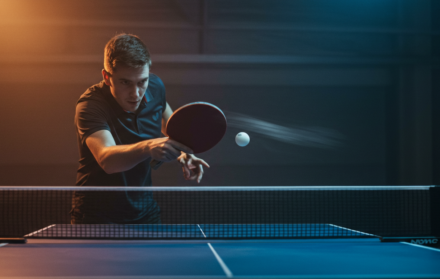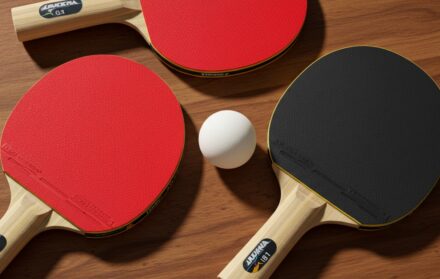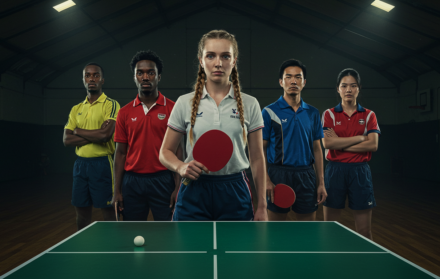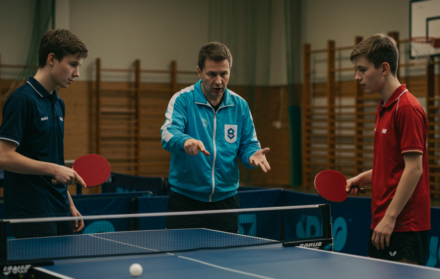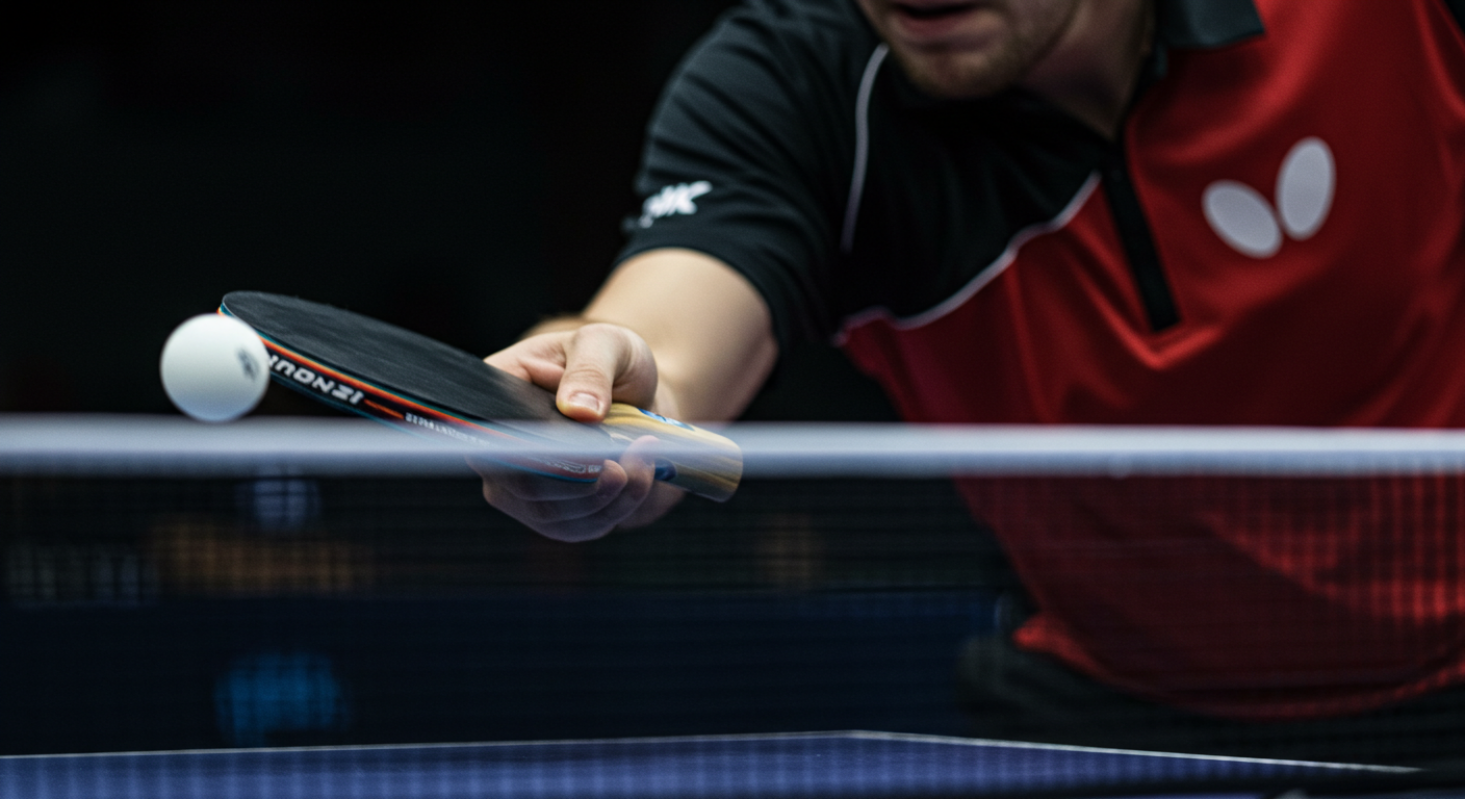
What are the 4 basic strokes in table tennis?
In table tennis, everything begins with the basics. You can have lightning-fast reflexes and a powerful serve, but without control and technique, you will struggle to win rallies. That is why mastering the four basic strokes in table tennis is essential.
These strokes form the building blocks of all gameplay. They teach you how to control the ball, maintain rhythm in rallies, and transition between offense and defense. Even professional players like Ma Long, Deng Yaping, and Timo Boll rely on these strokes at the highest levels.
In this article, we will break down each of the four key strokes, show how and when they are used, and even highlight elite players who have become world-class by mastering them.
Why Basic Strokes in Table Tennis Are Crucial
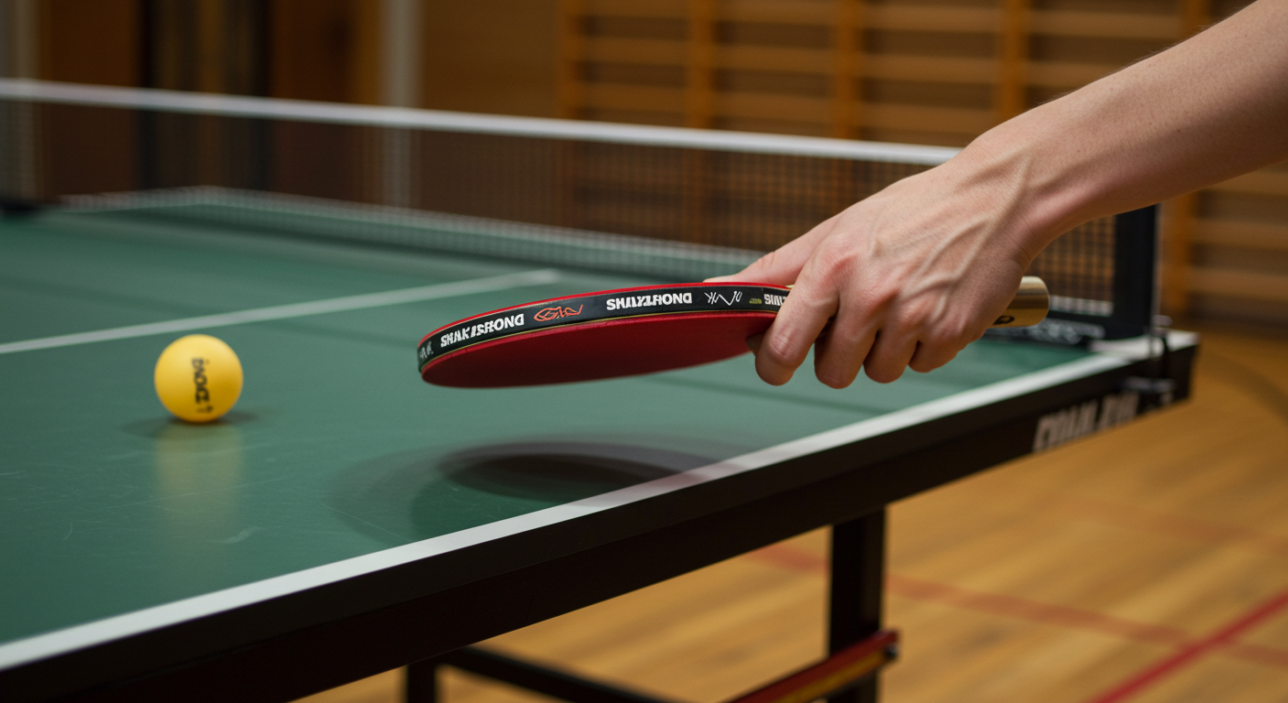
Before you learn spin, power, or fancy techniques, you need to build consistency. These four strokes help players:
-
Develop proper form and balance
-
Build a foundation for topspin and loop shots
-
Learn to rally with accuracy and rhythm
-
Control the flow of a point under pressure
Whether you are just starting out or returning to fundamentals to correct your technique, these strokes are the starting point for real progress.
Overview of the 4 Basic Strokes in Table Tennis
The four fundamental strokes are:
-
Forehand Drive
-
Backhand Drive
-
Forehand Push
-
Backhand Push
Each stroke plays a unique role in rallies. Some are offensive, others are defensive. Learning to use them correctly in different match situations is key.
Here is a quick comparison:
| Stroke | Type | Used For | Famous Example |
|---|---|---|---|
| Forehand Drive | Offensive | Attacking mid-paced balls | Ma Long (China) |
| Backhand Drive | Offensive | Quick rallies, close to table | Timo Boll (Germany) |
| Forehand Push | Defensive | Returning short or backspin shots | Deng Yaping (China) |
| Backhand Push | Defensive | Keeping the ball low in rallies | Kasumi Ishikawa (Japan) |
Let’s now explore each one in full detail.
1. Forehand Drive
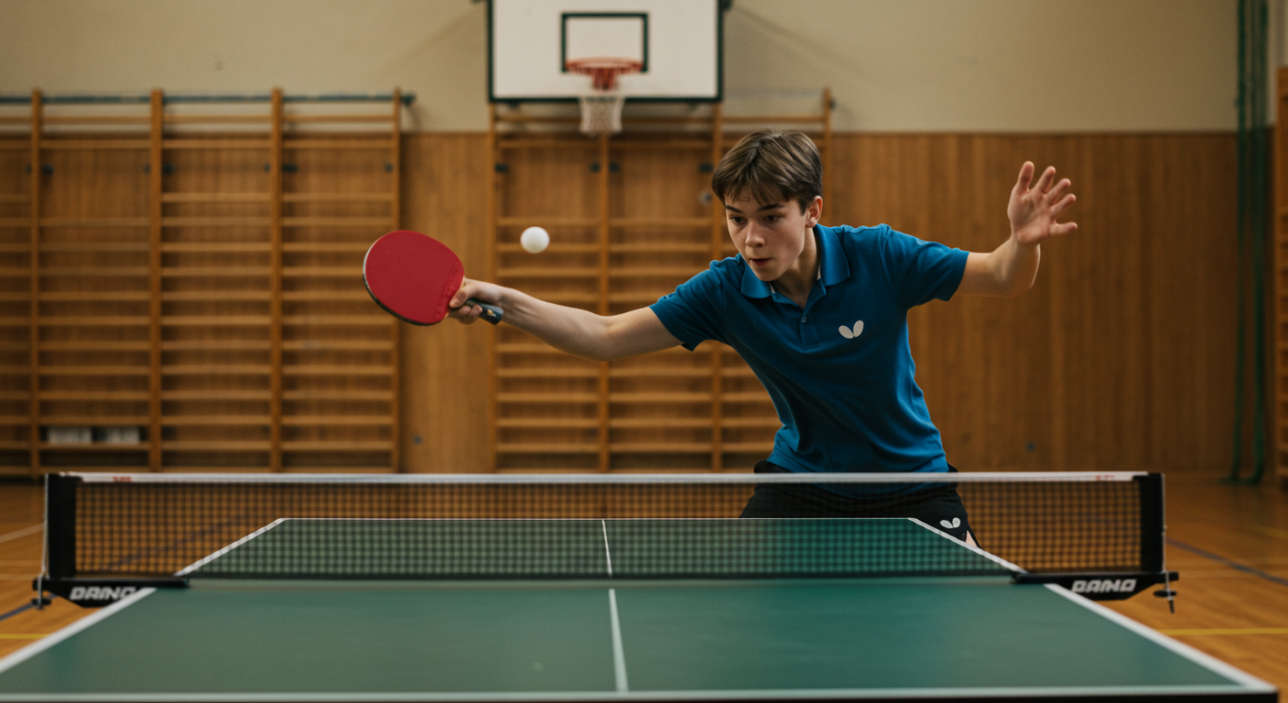
The forehand drive is a fast, forward-moving stroke played with your dominant arm. It is used to attack or pressure your opponent during medium-paced rallies.
When to Use It
-
Against light topspin or flat balls
-
When the ball bounces mid or long on your side
-
As a controlled attacking shot without full topspin
How to Perform It
-
Start in a ready position with knees bent and body turned slightly sideways
-
Bring the racket back waist-high on the forehand side
-
Swing forward in a semi-circular motion
-
Contact the ball at its peak or just before it starts to fall
-
Follow through in the direction of the shot
The stroke is more of a brush than a hit. It focuses on control and placement rather than raw power.
Pro Example: Ma Long
Ma Long, one of the greatest table tennis players of all time, is known for his explosive forehand drives. Even though he is famous for his loop, it is his sharp forehand drive that often opens up rallies or finishes points with surgical placement.
2. Backhand Drive
The backhand drive is the counterpart to the forehand drive. It allows players to return fast balls that come to the non-dominant side without needing to pivot.
When to Use It
-
During close-to-table exchanges
-
Against fast or flat incoming shots
-
When you are not in position to use your forehand
How to Perform It
-
Stay in a balanced, square stance facing the table
-
Keep the elbow slightly away from the body
-
Bring the racket back near your waist on the backhand side
-
Push forward and slightly upward at the moment of contact
-
Follow through in the direction of the shot
The backhand drive is a quick, compact stroke. It is critical during fast-paced rallies, especially in doubles or short-table play.
Pro Example: Timo Boll
Timo Boll is famous for his elegant and powerful backhand. His quickness and control allow him to stay competitive even against stronger forehand-oriented players. His backhand drive is a key weapon in both attack and control phases.
3. Forehand Push
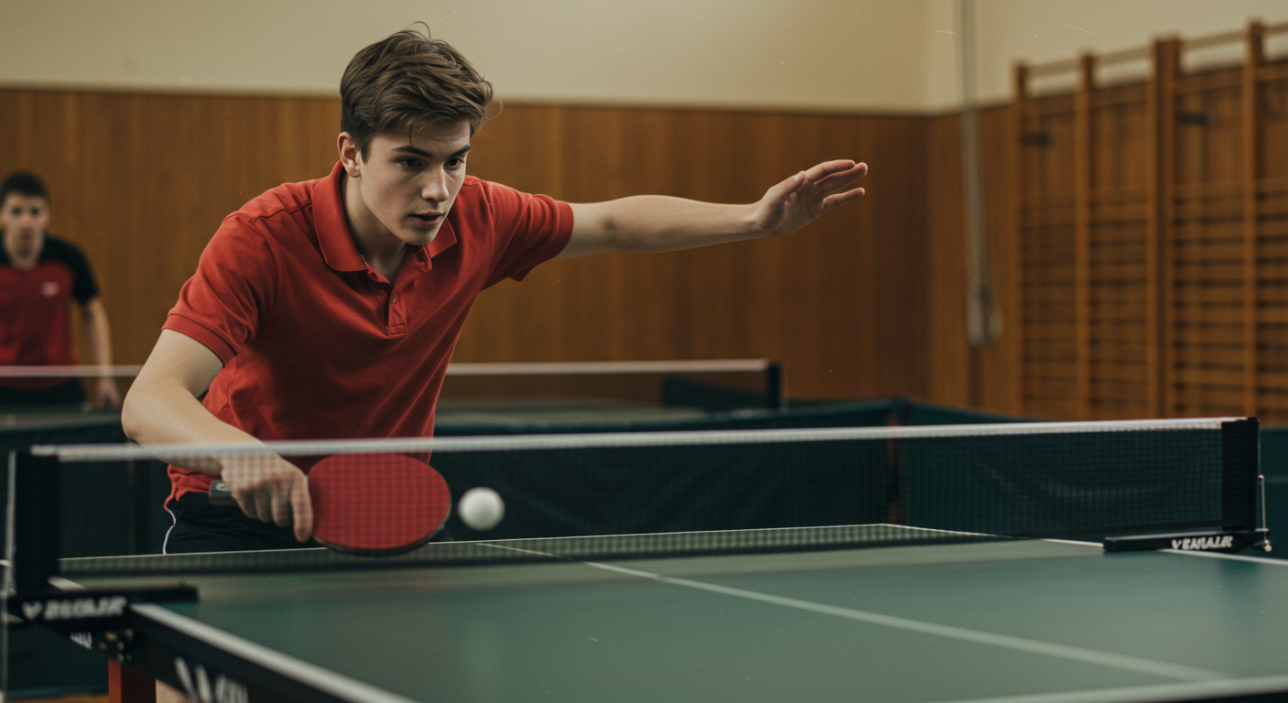
The forehand push is a defensive stroke designed to keep the ball low and short while adding backspin. It is used most often in the early part of a rally or when returning a low, spinny ball.
When to Use It
-
Against backspin serves
-
To return short or low balls
-
When under pressure and unable to attack
How to Perform It
-
Position yourself close to the table with a stable stance
-
Raise the racket slightly above the ball
-
Slice down and forward with a soft wrist
-
Keep the ball low over the net and close to the table
The forehand push is not designed to win points directly. Its role is to maintain control and force a weak return from your opponent.
Pro Example: Deng Yaping
Deng Yaping, a former world number one and Olympic gold medalist, was known for her strategic use of pushes, especially in her early career. Her forehand push often set up attacking opportunities while neutralizing aggressive serves.
4. Backhand Push
The backhand push is a compact defensive stroke played from the backhand side. Like the forehand push, it creates backspin and keeps the ball low to the net.
When to Use It
-
In the early stages of the rally
-
When returning backspin serves
-
Against short balls on the backhand side
How to Perform It
-
Start with your racket open and below the ball
-
Slice forward gently using a brushing motion
-
Keep your wrist relaxed and your follow-through short
-
Aim to make the ball bounce low and close to the net
The backhand push is especially useful in neutral rallies, keeping the opponent from attacking while buying time to reposition.
Pro Example: Kasumi Ishikawa
Japanese star Kasumi Ishikawa is known for her consistent and strategic backhand pushes. Her ability to control pace and depth with her defensive strokes allows her to redirect pressure and stay balanced in long rallies.
How to Practice the Four Basic Strokes
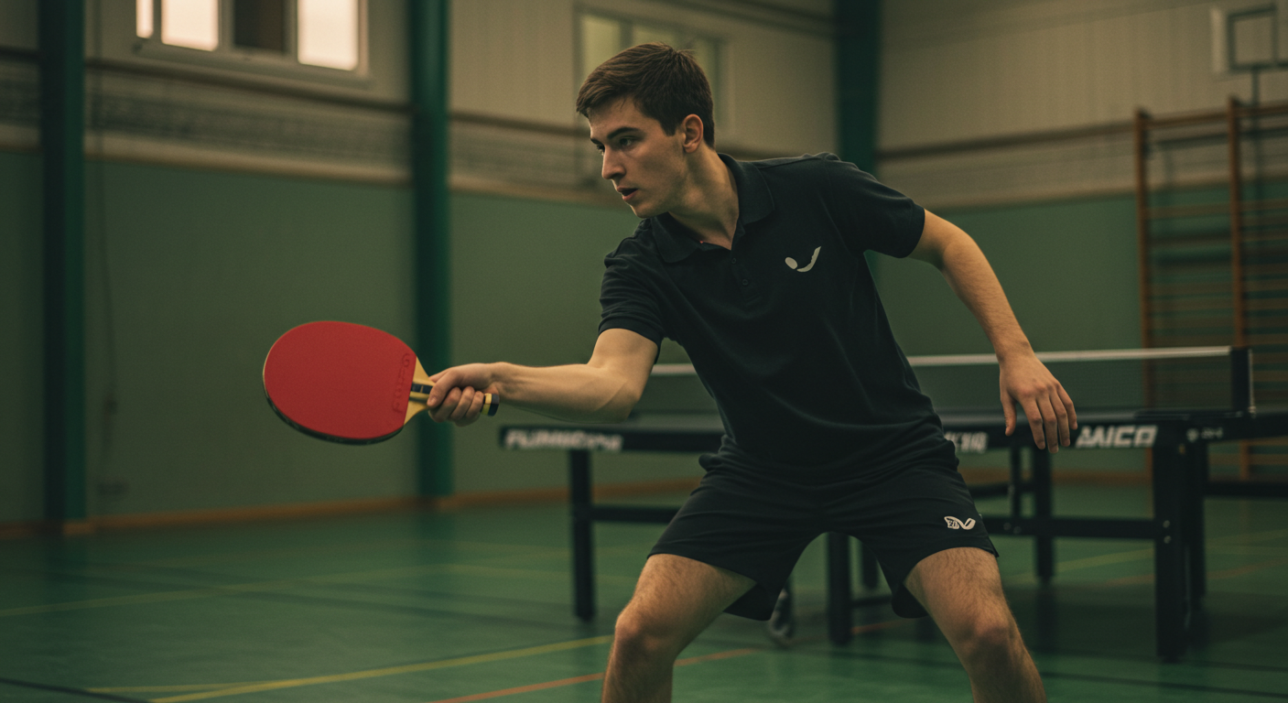
Building consistency takes time and repetition. Here is a suggested structure for training these strokes.
Warm-Up Routine
-
Shadow each stroke without a ball to build muscle memory
-
Start slow and increase speed gradually
Drills With a Partner
-
Forehand to forehand drives for rhythm
-
Backhand to backhand drives for consistency
-
Alternating push rallies to improve control
Solo Drills
-
Hit against a return board or wall
-
Use multiball feeds to isolate stroke mechanics
-
Record your form and compare with professional footage
Aim for at least 50 to 100 repetitions per stroke in a practice session. Quality matters more than speed at first.
Common Mistakes to Avoid
When learning the four basic strokes in table tennis, many players fall into the same traps. Be aware of these common errors:
-
Using too much arm and not enough body rotation
-
Standing too upright or flat-footed
-
Over-hitting and losing control
-
Chopping instead of pushing
-
Forgetting to recover after each stroke
Correcting these habits early builds a smoother, more consistent game.
How These Strokes Support Advanced Play
Once you have solid control over these basic strokes, you can begin to add variations like:
-
Topspin looping built on the forehand and backhand drive
-
Flicks based on the push for aggressive short play
-
Counter-driving against smashes
-
Sidespin pushes to disrupt your opponent’s rhythm
Every elite player returns to these four core strokes when refining technique. They are not just for beginners. They are the foundation of long-term success.
Final Thoughts
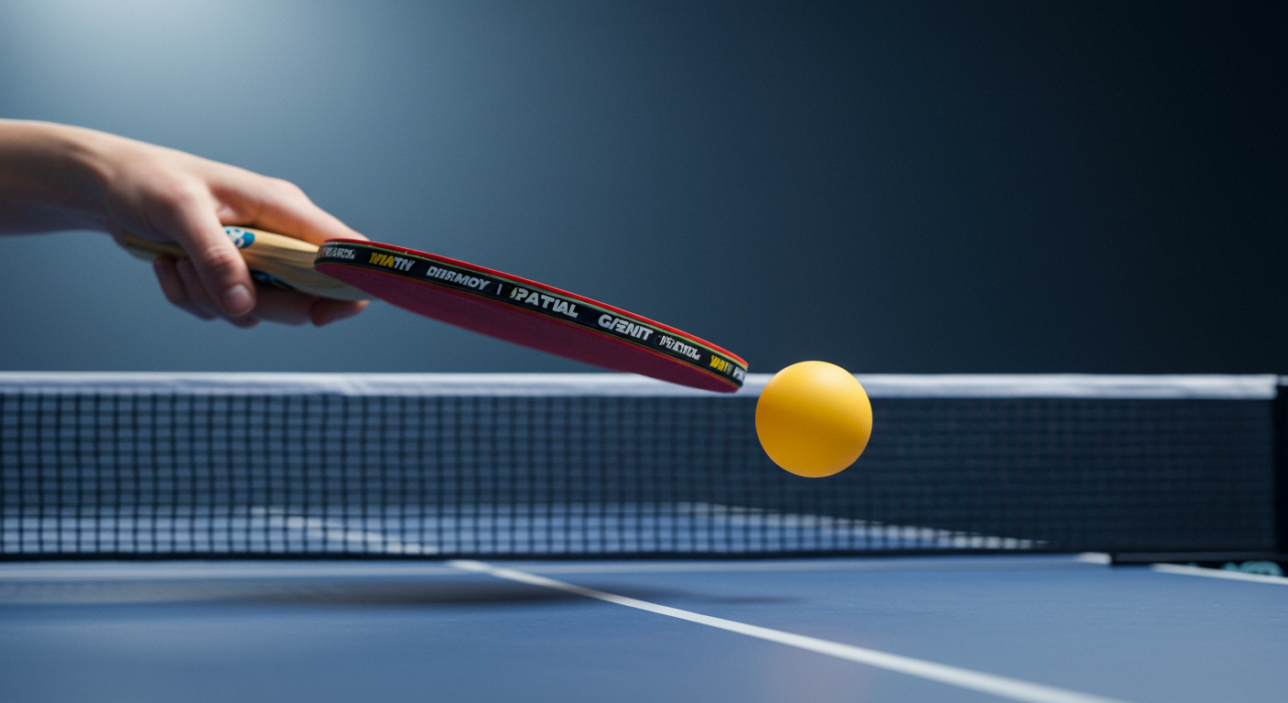
So what are the 4 basic strokes in table tennis? They are:
-
The forehand drive
-
The backhand drive
-
The forehand push
-
The backhand push
Together, they teach you how to attack, defend, and control the game. They give you the confidence to handle pressure and the foundation to develop more advanced techniques.
Whether you are learning your first rally or playing national tournaments, these strokes never lose their value. Master them, and the rest of your game will grow faster and more naturally.
Frequently Asked Questions
What is the difference between a drive and a push in table tennis?
A drive is an offensive stroke played with a forward and slightly upward motion. It is used to apply pressure and control rallies. A push, on the other hand, is a defensive stroke played with a slicing motion to add backspin. It is used to return short or spinny balls while keeping the rally neutral.
Can I play competitively using only the basic strokes?
Yes, many intermediate players use only these four strokes in local league or club matches. While advanced strokes like loops, flicks, and smashes become important at higher levels, the basic strokes are more than enough to compete and win at early and mid levels of the game.
Which stroke should I learn first?
Most players begin with the forehand drive, as it is the easiest to understand and offers immediate feedback. It also teaches proper footwork and timing. Once you are comfortable with it, add the backhand drive, followed by the push strokes.
How do I know if my stroke technique is correct?
A good basic stroke feels balanced, smooth, and repeatable. You should be able to rally consistently without feeling rushed or off-balance. Recording yourself or working with a coach can help correct mistakes in body position, racket angle, or timing.
Why are these strokes called “basic” if professionals still use them?
The term “basic” refers to their simplicity in form, not their importance. Even world-class players return to these strokes every day in warm-ups and training. They are essential at all levels of the sport and support every other technique.
Are these strokes the same in doubles and singles?
Yes, the mechanics of each stroke remain the same whether you are playing singles or doubles. However, in doubles, because of the shared space and alternating hits, players often rely more heavily on quick backhand strokes and pushes to maintain control.


